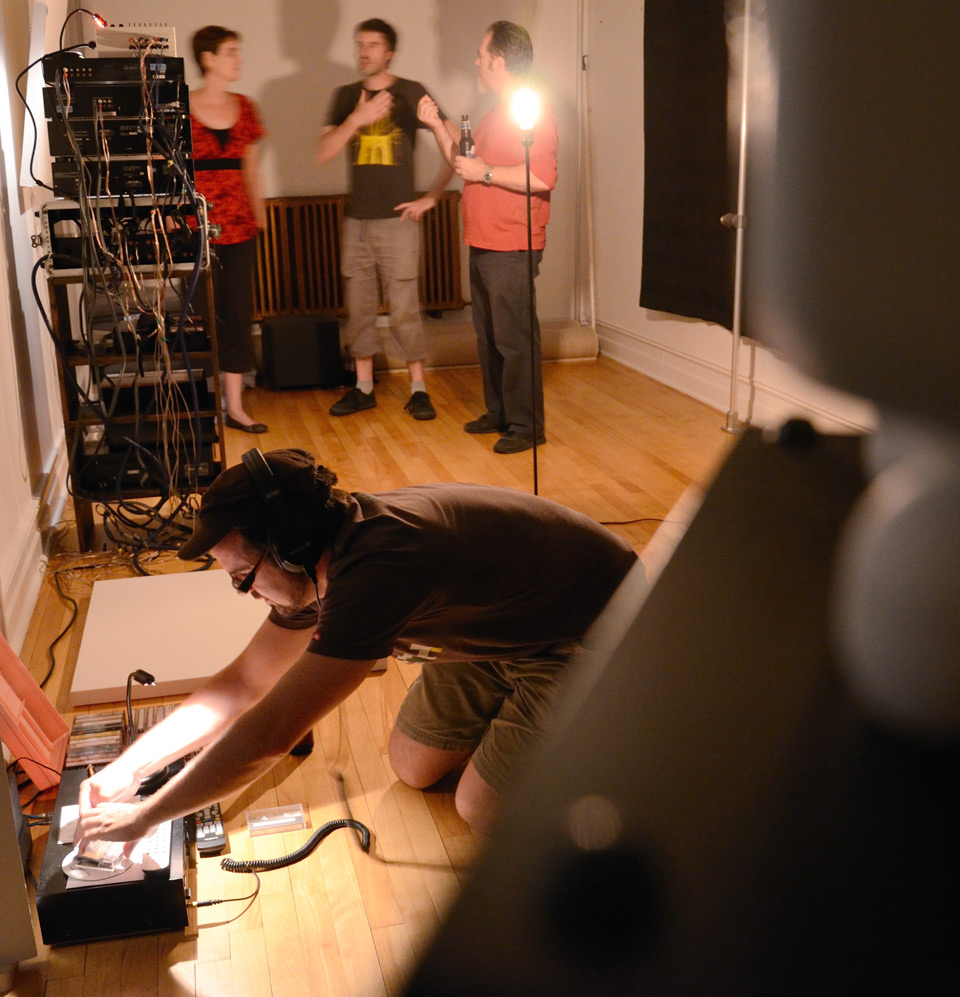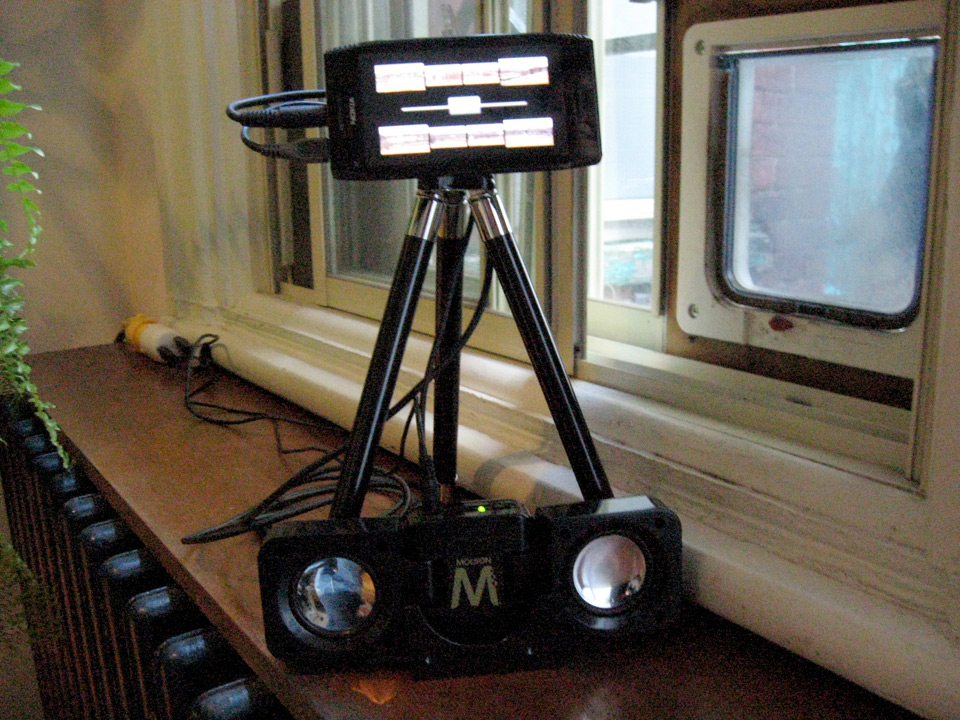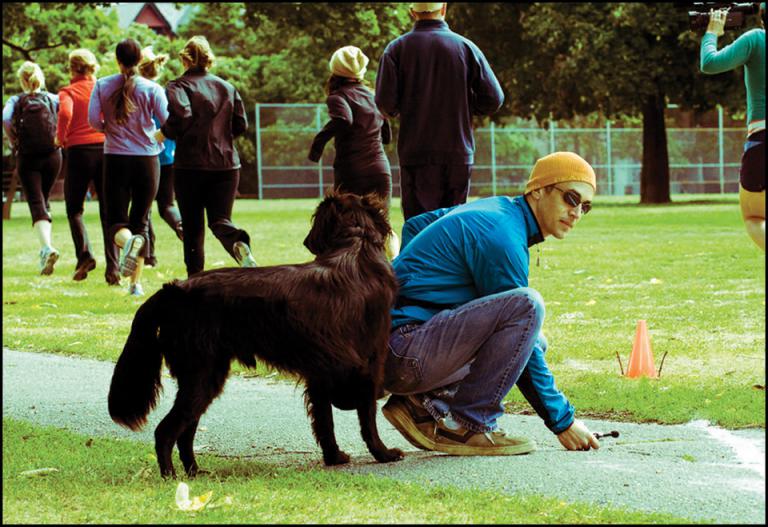Publication
Reanimating Audio Art: The Archive as Network and Community, Lewis Kaye
esse arts + opinions No 78 (Spring / Summer 2013)
Read the text online
The experience of sound is inseparable from the experience of the space through which we come to hear sound. Nowhere is this axiom more true than in our encounter with sound art, a practice that often eschews the traditional spectacle of staged music in favour of a more experimental and non-linear spatial presentation. But sound art projects themselves are often intentionally designed for specific spaces or for particular technologies of dissemination. What happens, then, to the experience of sound art when we reconfigure its spatial presentation? Is such a movement akin to remixing a piece of music? What input does the artist have over such changes? Is this decision the proper purview of a curator? Is curating multiple works into a single exhibition similar to creating a mashup, a combination of several pieces into a new work that often still retains the character and sonority of its original constituent parts?
By delving into OBORO's audio art archives, I hope to assemble a number of works that will allow me to investigate these and other related questions. It is a project, however, that cannot be accomplished simply by focusing on the works themselves. Interviews with artists, curators and technicians are necessary to properly contextualize such an investigation, and above all to give the audio artwork itself the proper respect it is due. In this way, this project seeks out the space between creation, curation, and collaboration.








